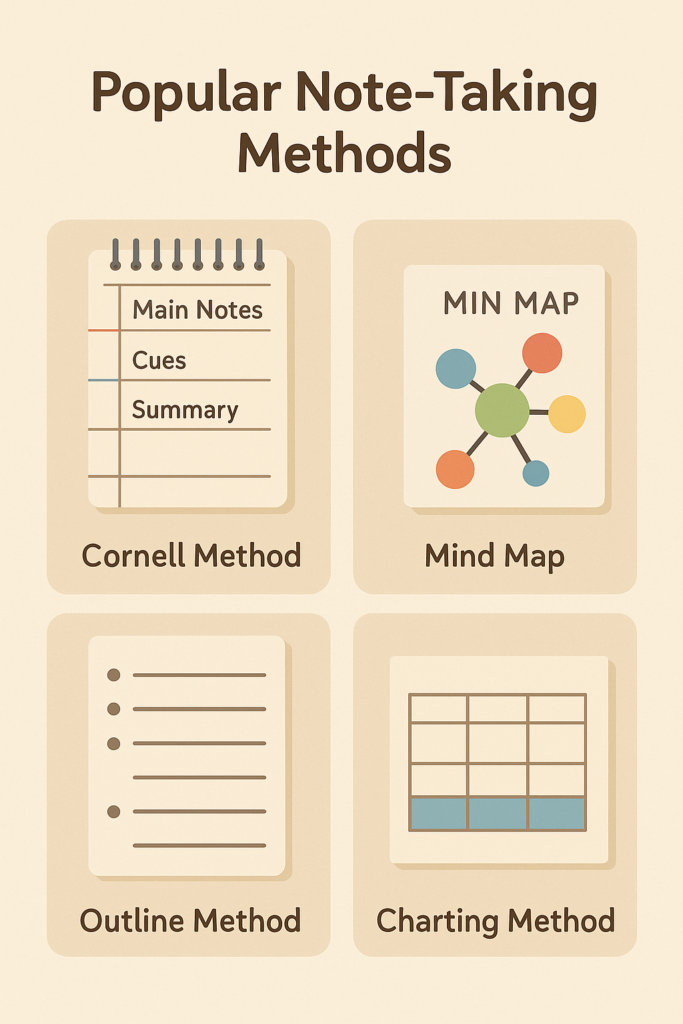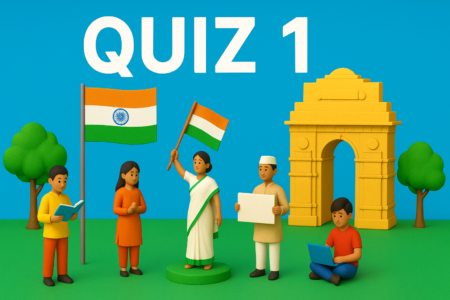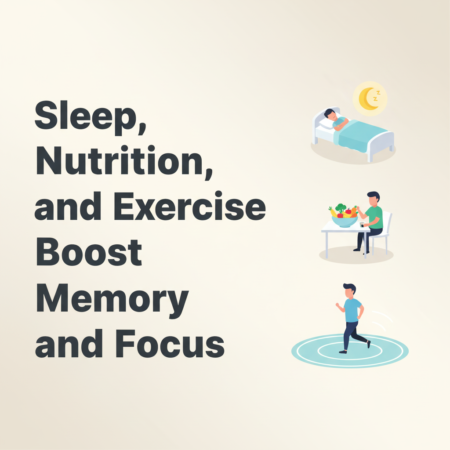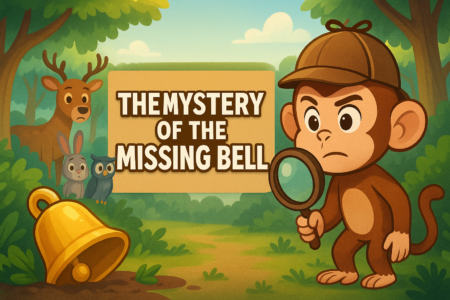Whether you’re in middle school or high school, taking good notes is one of the most powerful tools you can use to succeed in your studies. But note-taking isn’t just about writing everything the teacher says—it’s about learning how to listen, think, and record only what truly matters.
In this blog, we’ll explore how to take notes effectively, different note-taking styles, and why mastering this skill can make studying easier and more fun!
🧠 Why Is Note-Taking Important?
- Boosts memory: Writing things down helps your brain remember them better.
- Keeps you focused: Taking notes keeps you engaged in class.
- Saves time later: Good notes mean less stress before exams!
- Helps you understand concepts: It forces you to think about what’s important, not just copy blindly.
✨ It’s Not About Writing Everything
Let’s be honest—writing down every single word your teacher says can be tiring and confusing. The goal of good note-taking is to understand the key ideas and write them in your own words.
Think of yourself like a detective, looking for clues (main points, important examples, key terms) instead of copying every sentence.

🗂️ Popular Note-Taking Methods
Here are some smart and student-friendly methods you can try:
1. The Cornell Method
Divide your page into three sections:
- Main Notes – for key points during class.
- Cues – for keywords or questions after class.
- Summary – a short wrap-up at the bottom of the page.
📌 Best for: Organized learners who like structure.
2. The Outline Method
Use bullet points or numbering to show main topics and subtopics.
Example:
- Photosynthesis
- Happens in leaves
- Needs sunlight and chlorophyll
📌 Best for: Subjects like Science or History.
3. Mind Maps
Draw a central idea in the middle and connect it with related points using branches and bubbles.
📌 Best for: Visual learners and creative thinkers.
4. Charting Method
Use tables or charts to compare topics side-by-side. 📌 Best for: Subjects with lots of facts—like Math formulas or comparing different countries.
📖 Note-Taking Tips for Students ✅ Listen first, write second: Don’t just copy—understand and then write.
✅ Use short forms: Write “w/” for “with”, “b/c” for “because”, etc.
✅ Highlight key words: Circle, underline, or color important terms.
✅ Review your notes: Within 24 hours, go back and read your notes to lock in the info.
✅ Ask questions: If you don’t get something, write a “?” next to it and ask later.
💡 Bonus: Digital vs. Paper Notes
Both are great—choose what works best for you:
- Paper notes: Easier to draw diagrams and mind maps, better memory retention.
- Digital notes: Faster to search, easier to organize.
Apps like Google Keep, Notion, or Microsoft OneNote can be very helpful!
📘 Final Thoughts
Remember, good note-taking isn’t about how much you write—it’s about what you write and how you understand it. The more you practice, the better you’ll get.
So next time you pick up your pen or open your laptop, don’t just copy—think, process, and write smartly!
✅ Start mastering the art of note-taking today, and your future self will thank you during exams!







